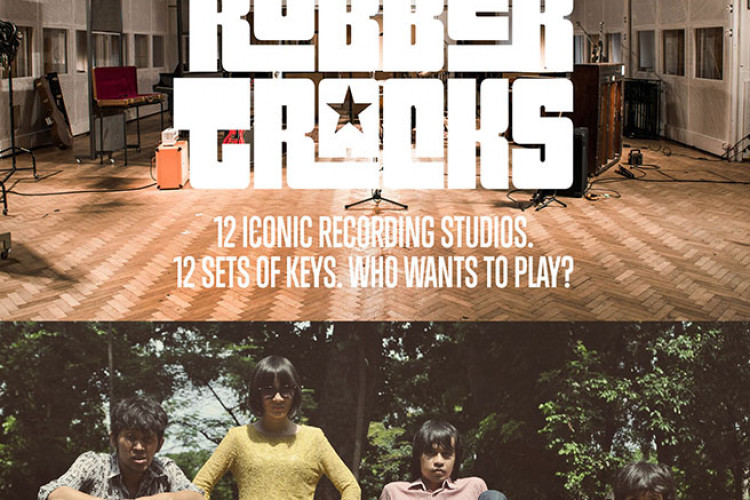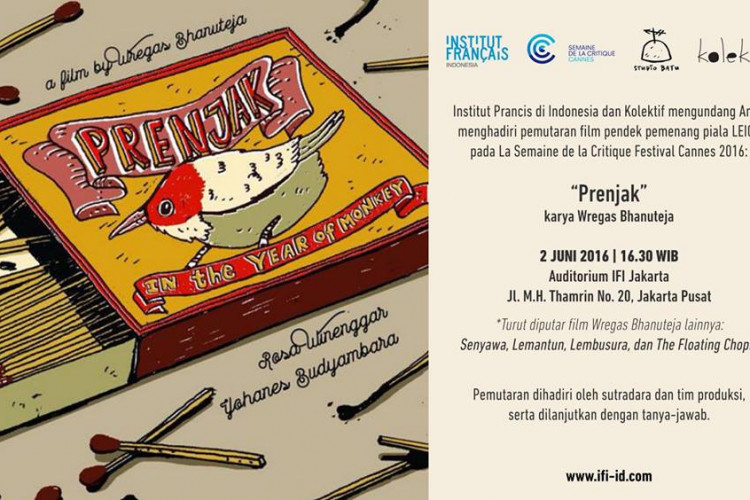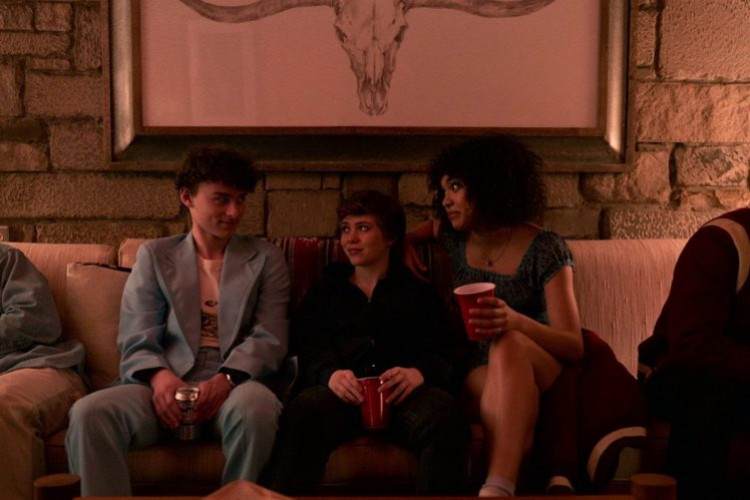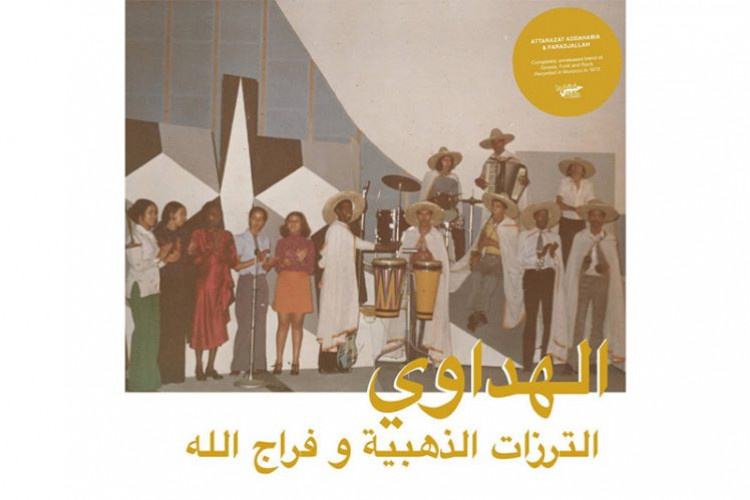Jewelry Artisan with Rosalyn Citta
Mariati Galatio (M) interviews jewelry artisan Rosalyn Citta (R).
by Ken Jenie
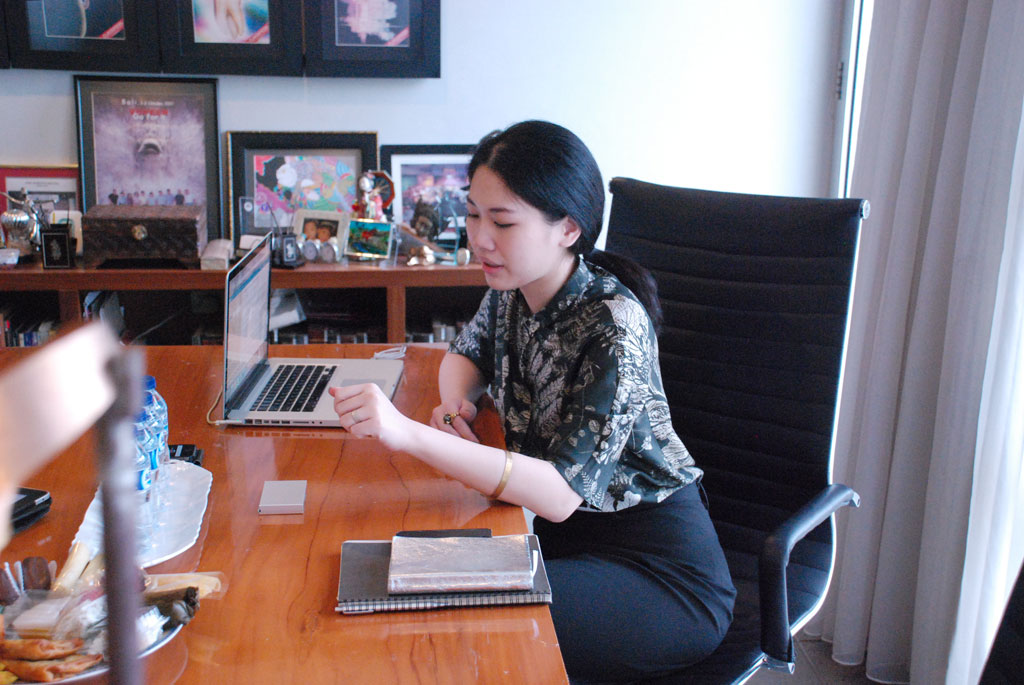

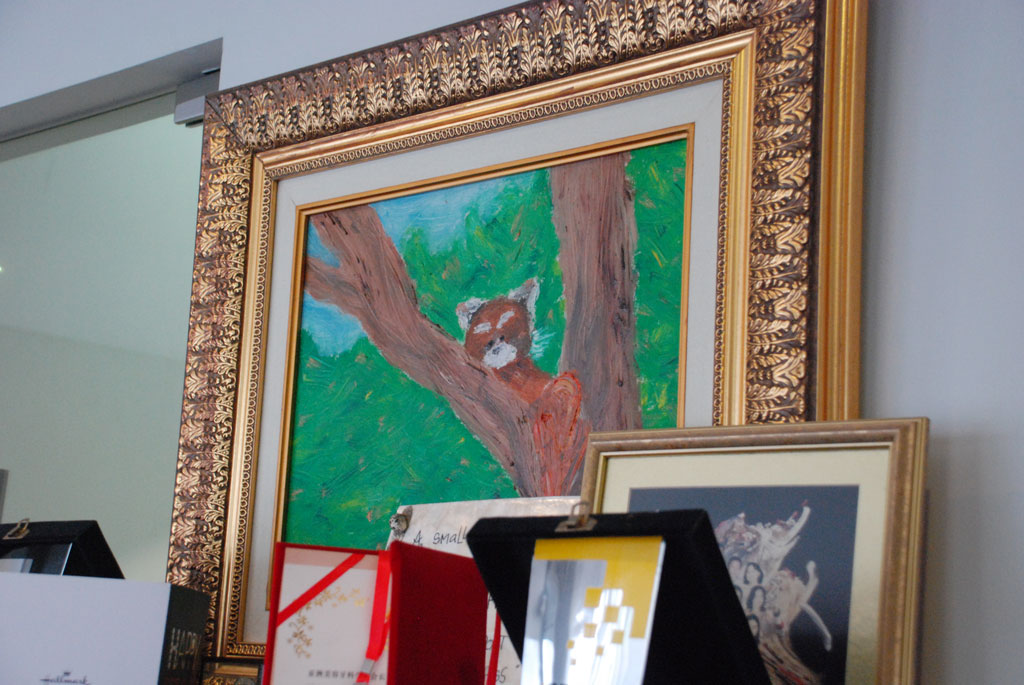
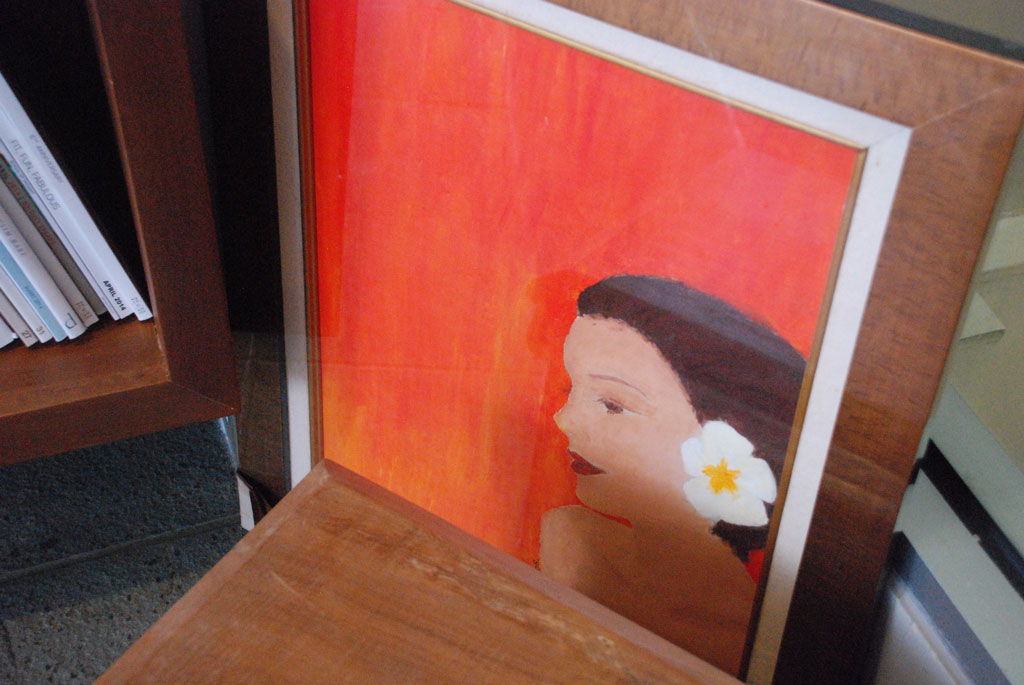

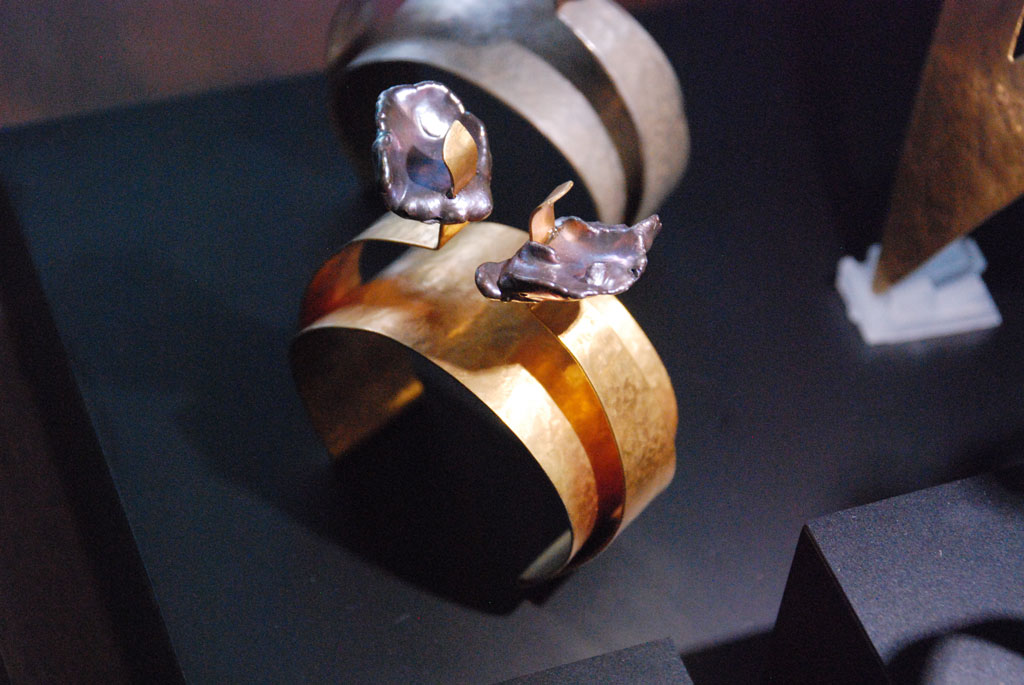
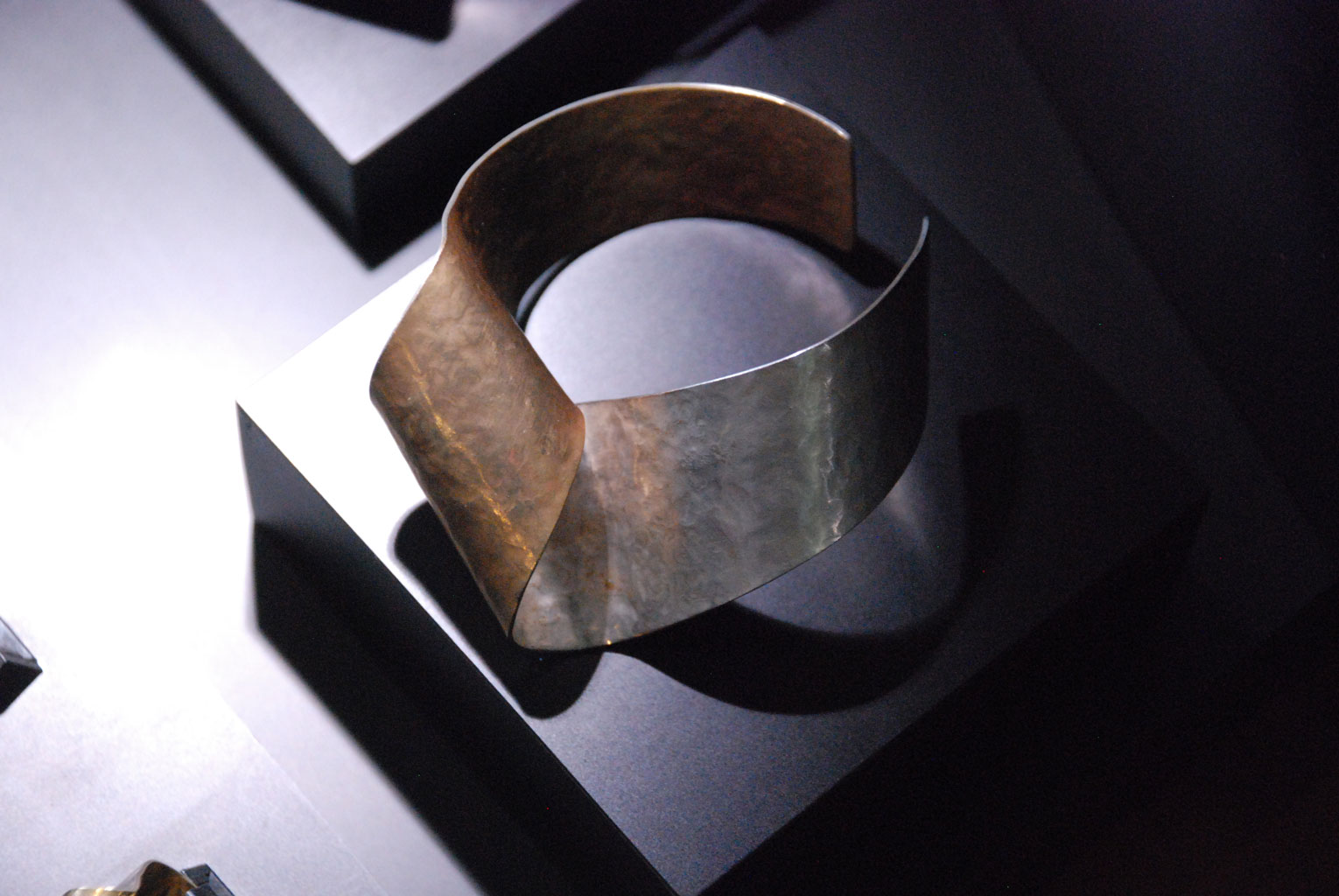
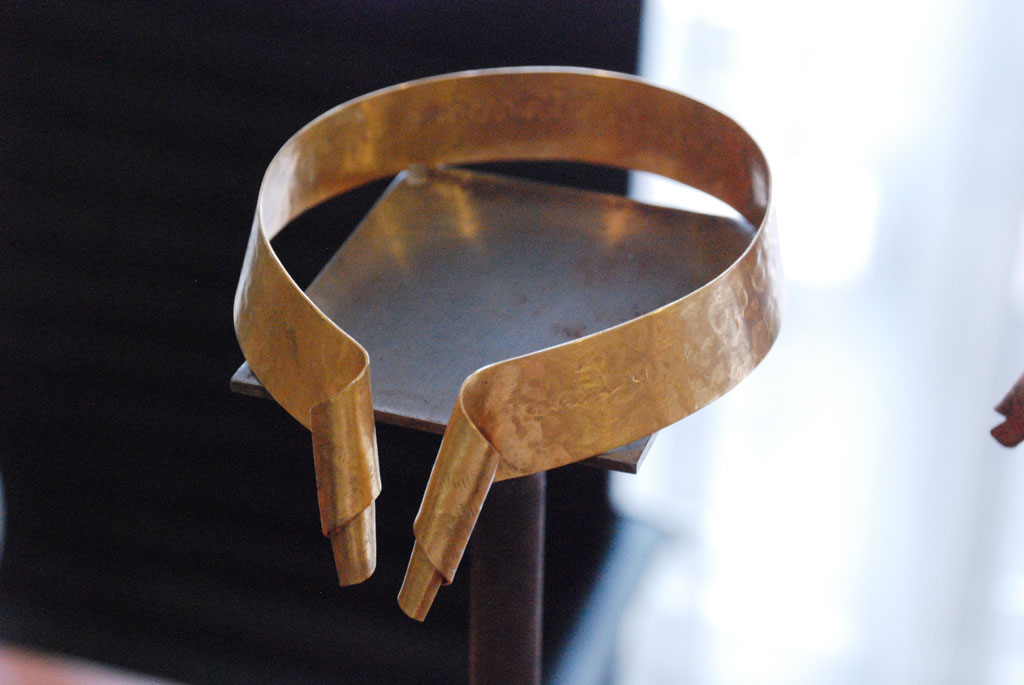

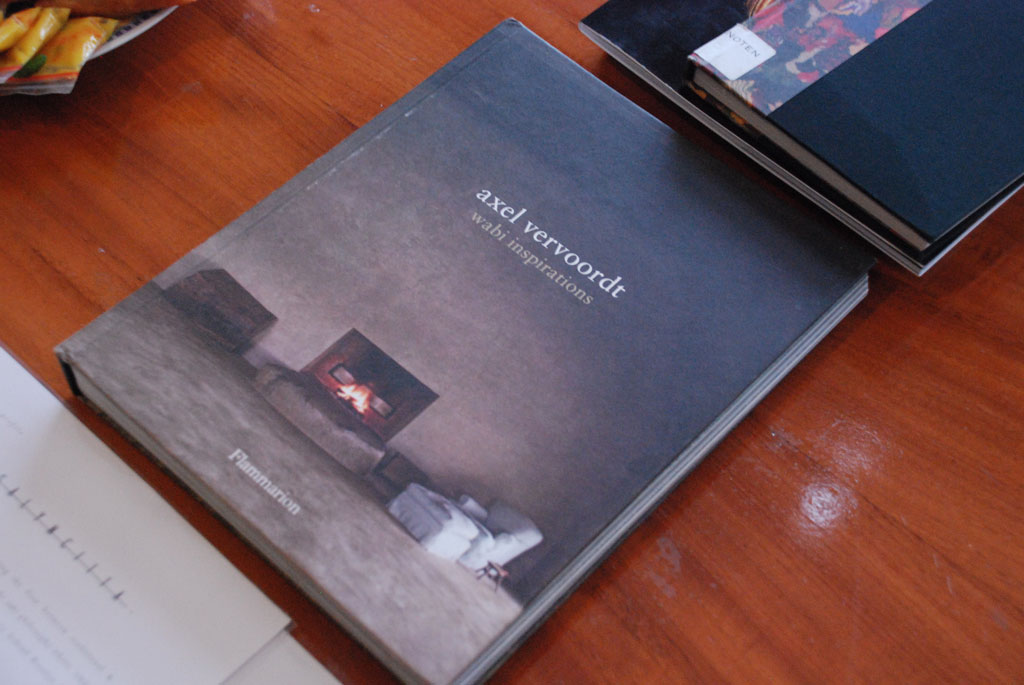
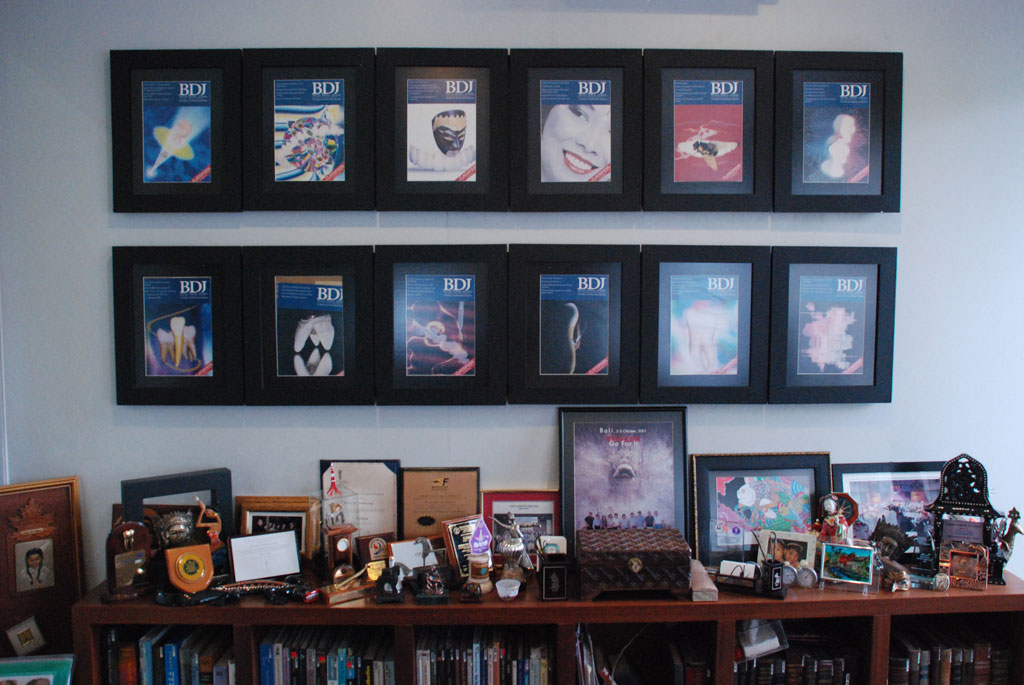
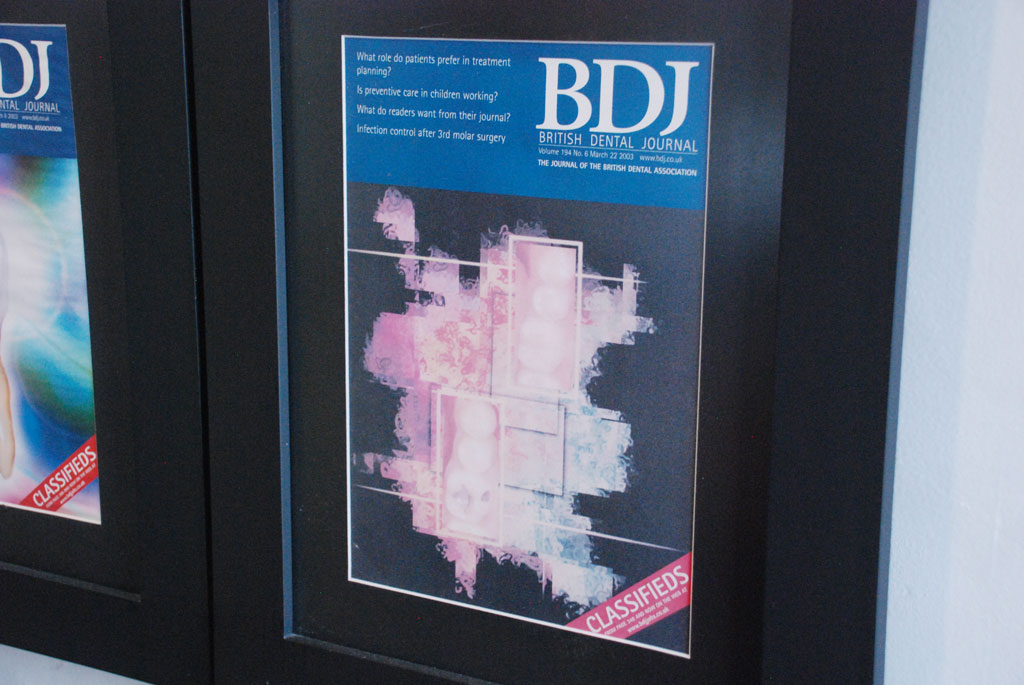
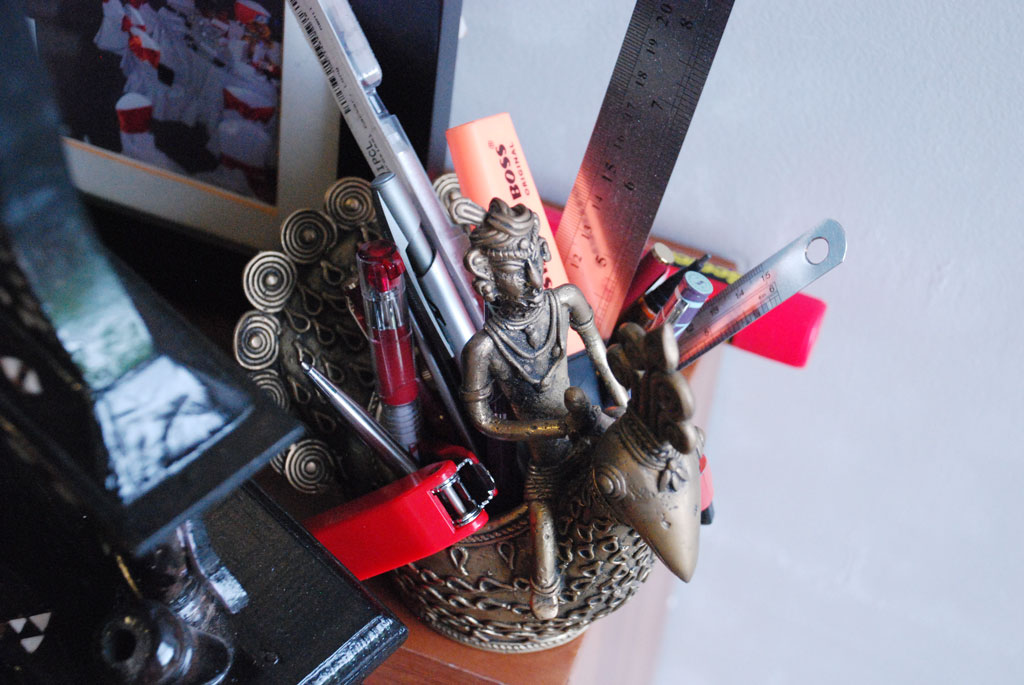
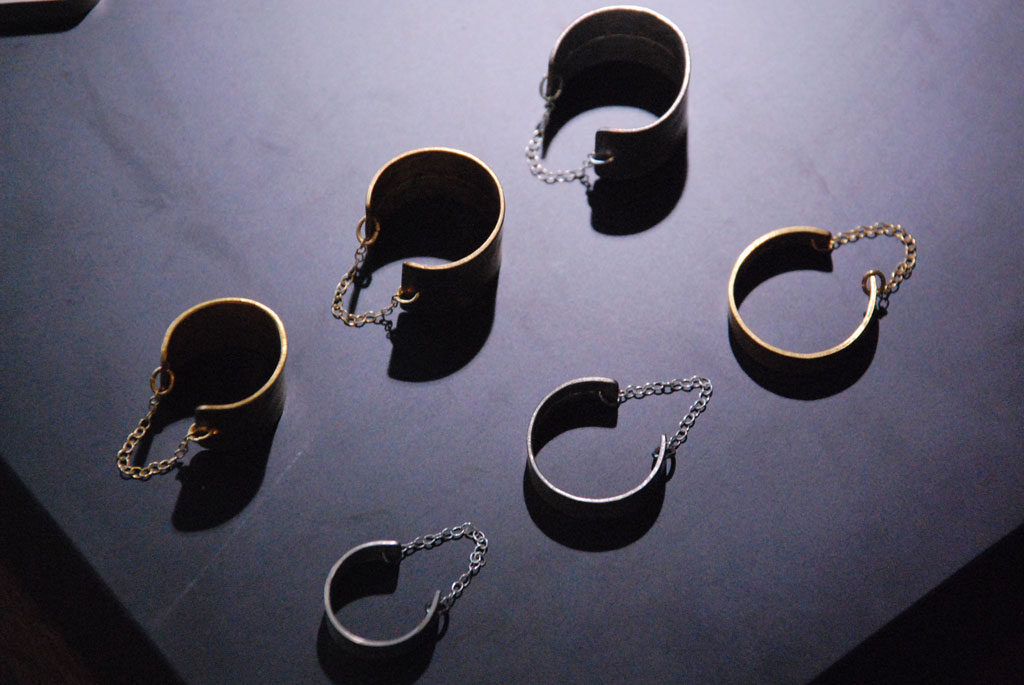
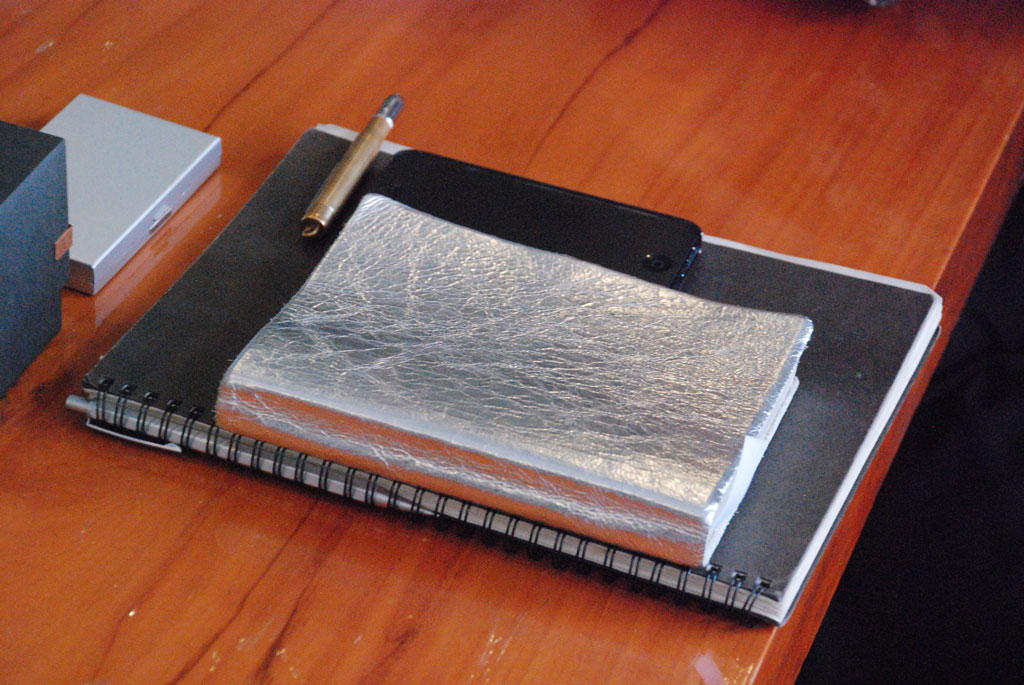




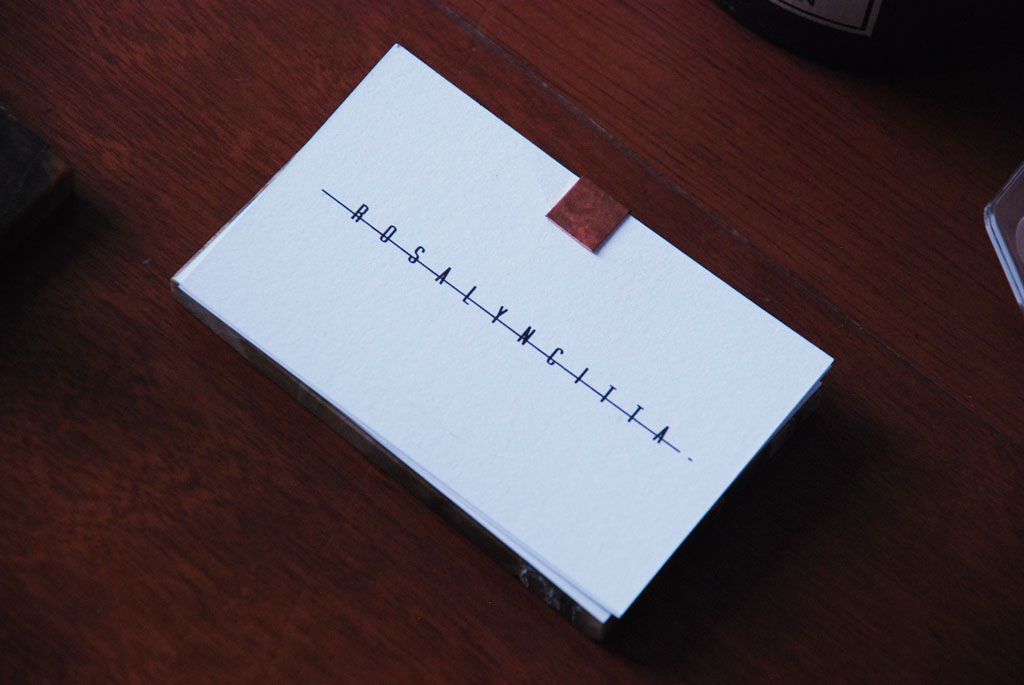

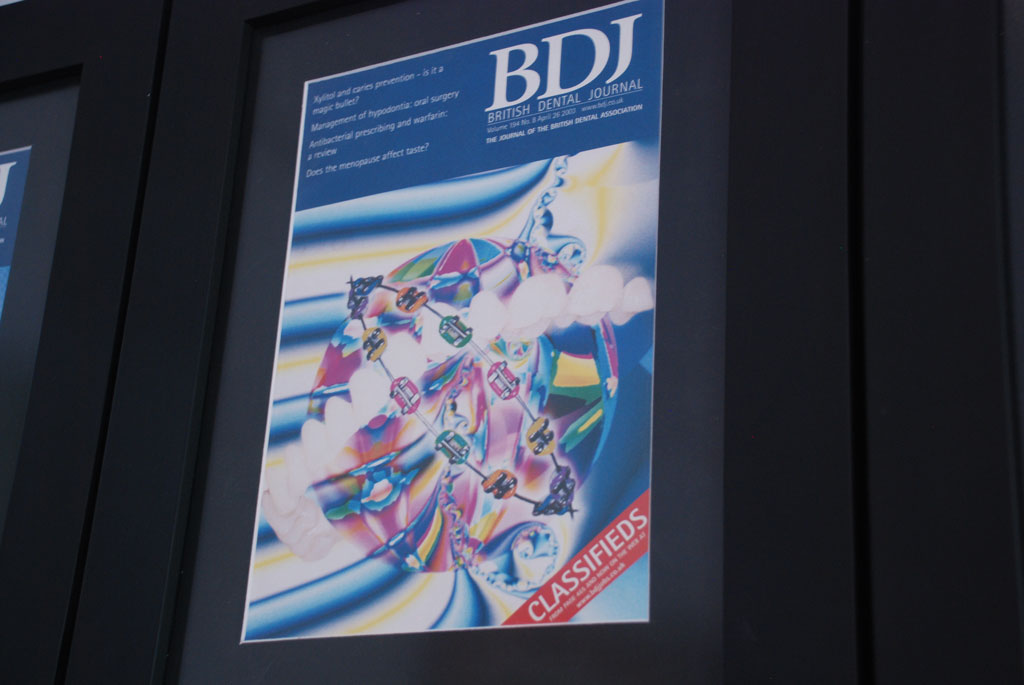

M
Could you tell us about your background – when and how did you decide to delve into jewelry design?
R
I studied fashion for both my undergraduate and graduate studies. I have always known that I wanted to be an artisan. I do not really consider myself a designer, as I believe my work leans more towards art than design. Art and design for me are two different things.
When I went to school in Milan, I realized that fashion is very commercial and business-driven, and felt the need to retreat a bit to return to my roots in art. Indonesia is rich in resources, although there is a bit of problem in the human resource department, but the country in general has plenty of natural resources, which enabled me to pursue one of the arts that have always interested me: jewelry.
I have always wanted to and pursued a career in fashion, and jewelry was my calling in the field – our scope, though, can go beyond fashion. However, I don’t want to say that I wouldn’t create other fashion items. I do have a desire to create clothing, but right now I feel most confident in the jewelry I made.
M
Your interest in fashion, was it more in designing or the craftmanship?
R
I wanted to be the artisan that create the pieces, I am not a business-minded person (laughs).
M
Since you were young, you wanted to be an artisan, but did you know that you would end up creating jewelry?
R
Growing up, I never focused on a particular field of design – and luckily my parents supported my desire to explore my talents.
My mother and father are dentists, and believe it or not, the tools used for dentistry are very similar to those used for jewelry making. As a matter of fact, one of the largest suppliers of dental equipment here also supply tools for jewelry making. So when I needed pliers, I would ask my parents if they could give me their used-dental tools from their office (laughs). Pretty much all dentistal instruments can be used to make jewelry.
M
So access to tools is no problem.
R
Yes, but I don’t really use them for our jewelry as we use traditional means to create them.
M
At your workshop?
R
Yes, our workshop is in a house at the Syamsurizal area of Menteng, for gemstones and various individual parts are created in a workshop in Cimahi. Most of the pieces, though, are created in Menteng.
M
And you are involved in most of the creation process?
R
In the beginning, I was completely involved from start from finish, but then I developed pain in my hands, so now we have in-house artisans to help – but I am still involved in about 60-70 percent of the process.
M
As your brand evolves and grow bigger, do you think you will still be involved in the workshop?
R
Ideally, yes. I do believe that it is best for me to be a part of the actual jewelry making process – it makes the pieces more personal and also a means to control the quality of production.
M
Could you tell us a bit about your brand, Rosalyn Citta? The material you use and your inspiration.
R
I found an ancient Japanese philosophy called “Wabi Sabi” where imperfection and emptiness is beauty – as in, beauty doesn’t have to be polished and perfect. This philosophy inspires the creation of the pieces I make, and it is translated in the jewelry. One of the character of our jewelry is oxidized metals, which creates expressive tones highlighting the hand-hammered items.
M
So there is a ‘natural’ character to your pieces.
R
Yes, they have a rustic quality to them. We prefer the natural color of the material, though sometimes we do add a layer of furnishing.
M
Could you tell me how you interpret the concept of Wabi Sabi?
R
We have all seen clean, beautiful, and very polished designs – it has become tiresome. Using the natural beauty of the material’s imperfection, it is more relaxed, has more substance, and soul.
M
What materials do you use in your pieces?
R
Right now we are exploring metals because it has the ability to oxidize – creating wonderful textures and colors that are expressive. I believe the effect really delivers the message of beauty in imperfection.
M
How much time does the oxidation process need?
R
That depends on how the item is cared for. Usually for customers, we would have a box and a dust bag along with instructions for care. If the owners follow the instruction, the oxidation process would take a long period of time. Since we live in a tropical country, it is more humid so we urge customers to take good care of the product so it would not rust. The most important thing is to not get these items wet. We also give our clients one complimentary cleaning and plating services.
M
So this oxidation process continues even after the piece is finished?
R
Yes, actually it is the finishing that we prefer.
M
You inadvertently help people focus on taking care of their jewelry.
R
Normally, people who are interested and passionate in jewelry would naturally develop a care for them anyway.
M
Could you tell us what inspires the shape of the jewelry you create?
R
For myself, most of the inspiration doesn’t come from a visual references, I mostly get it from philosophies. It is usually a personal circumstance that is felt deeply that inspires.
Our spring/summer collection with the pearls is called “Late Bloomers.” I consider myself a late bloomer, particularly when I returned to Indonesia from finishing my Masters Degree in Italy. Even though I wanted to delve in the fashion world, I didn’t know where to start. I was persistent and, luckily, was able to present my work pieces to several media groups which gave positive responses.
M
You are part of a generation of creative entrepreneur here in Indonesia. What are the creative opportunities do you see here?
R
In terms of natural resource, it is abundant – we couldn’t ask for more. What we have is a shortage in quality control and refinement. There are new clothing labels that I would recommend to an international market – only a few – but they are a pleasure to see.
M
An article in Koran Jakarta mentioned your father collecting antiques and stones has influenced your work. Could you describe how he has influenced you and what sort of antiques does he collect?
R
My father is blessed with steady hands, great hand-eye coordination and his work centers on aesthetic dentistry. I believe the skills involved in his occupation – the artisan’s hand, keen eyes – is what makes him stand out from the rest.
What you see on this wall [photo 19-22] is his portfolio. He submitted images to the British Dental Journal and they often made the cover. I believe this sense of aesthetic has influenced my work.
M
What sort of antiques your father has collected influenced your work?
R
We are actually interested in local antiques. [Brings out a book: Old Javanese Gold: The Hunter Thompson Collection at the Yale University Art Gallery ] this book is like a bible for antique collectors. This book is very difficult to find, and funny enough I found it halfway around the world near my campus in Milan.
Me and my father are both interested in stones. When he is at work, he always has either a ring or a stone in his pocket – he takes them off because, obviously, as a dentist he can’t have them on when dealing with patients. A lot of old jewelry that he collects become an inspiration such as this ring made during Majapahit era around the 9th century that’s usually worn by royalties or religious leaders. I really admire the craftsmanship considering the limitation of the tools they had back then. Again, it’s the imperfection that really draws me in.
M
Do you both like to hunt for antiques often?
R
Not too frequent, the sellers already understand our preference so they would contact us when they find something we would be interested in.
M
You have said that Indonesia has a wealth of beautiful stones, ones that are heralded internationally. You are involved in Batu Design Essentials, who distribute stones. Could you tell us a bit about your involvement and the stones themselves?
R
Batu Design Essentials is a separate project from Rosalyn Citta. We cater to designers who would like to use precious stones in their pieces. They are handmade and made to the best quality possible. They are also not heated to enhance the colors – this I believe is important, keeping its natural quality.
We cater mostly towards designers, so we process various stones so they are ready to be used for their designs. From my observations, unfortunately, it seems like foreigners are more appreciative of Indonesia’s precious stones. Locally, the people interested are usually collectors, who we sometimes deal with as well.
M
Is the Batu Design Essentials a personal project of yours? Who is involved in the project?
R
It began with my father who is a stone enthusiast – I grew up watching him collecting stones and admiring them, and because of him, I have my own appreciation towards them. My father had an acquaintance, Mr. Daniel, an artisan who works with stones and has great knowledge of them. So Batu Design Essentials is basically the three of us.
M
All the stones you work with stones from Indonesia?
R
Yes. We simply polish and process them to be design-ready.
M
Back to your own brand. How do you see your work process evolve? Where are you now?
R
I believe I have now found my identity and can express it through my pieces. In the beginning, my work focused much more on exploration and experimentation.
What hasn’t changed, though, is my wish for the pieces to have soul, so I try my best to be involved in all aspects of creating them. Fashion schools usually require students to create a collection for the runway – outsourcing isn’t a problem, but I am used to working on the pieces on my own, which I suppose is both an advantage and a disadvantage.
I also am generally not fond of creating items made of connecting parts – I prefer a whole, continuous item. Why? I’m not quite sure, but I enjoy pieces that has a natural flow, also because it is easier to adjust as clients come in different sizes and shapes.
I am happy that I can work on what I love without having to worry about being commercial and manufacturing large quantities – well, at least not yet.
M
What are you currently working on, and what is in store for the future?
R
We are currently working on our Spring-Summer collection. We try to create two collection per-year with two-pre season collection. We are working with precious material – gold, rose-gold, silver – particularly for earrings because there has been a demand for it. For the next season onwards, we will create a more extensive collection – right now we have about 6 designs per season, there will be more in the future. I hope to adapt the precious stones into my pieces when we have the resources.








